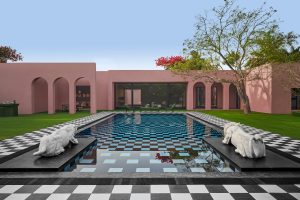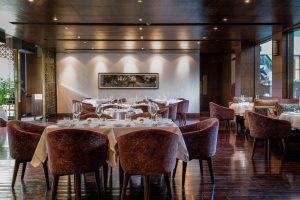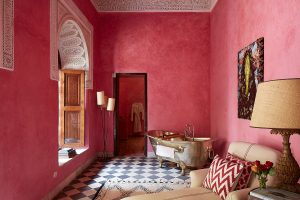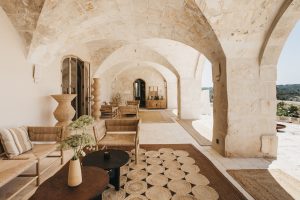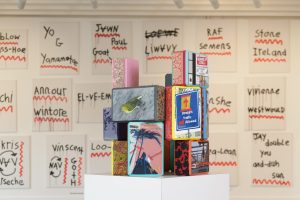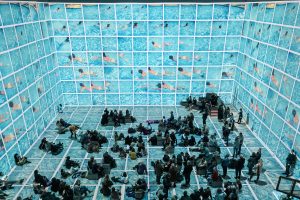‘Exiles’ By London Based Photographer Sunil Gupta Sold For A Staggering $20,000 At Art Basel 2024
Curated by Vadehra Art Gallery, Sunil Gupta's 'Exiles' sold at Art Basel 2024, highlights his four-decade exploration of queer identity and themes of cultural, ethnic, and political belonging
- 8 Jul '24
- 2:59 pm by Simran Almeida
With a range of artists’ oeuvres posing for the fanatics at the Art Basel 2024, Indian-Canadian photographer Sunil Gupta unveils a solo exhibit titled ‘Now You See Me’ at the fair. Snug inside the avant-garde façade of Messe Basel, Switzerland, this solo exhibit curated by the New Delhi-based Vadehra Art Gallery, is a journey through the artist’s lens. Gupta’s exhibit is composed of three segments; ‘London 1982’, ‘Lovers: Ten Years On’ and ‘Exiles’; each accenting the shrouded queer communities in the dazzling ’80s. Of the trio exhibited at Basel, ‘Exiles’ were sold at a staggering price of USD 20,000 each to private collections in London.
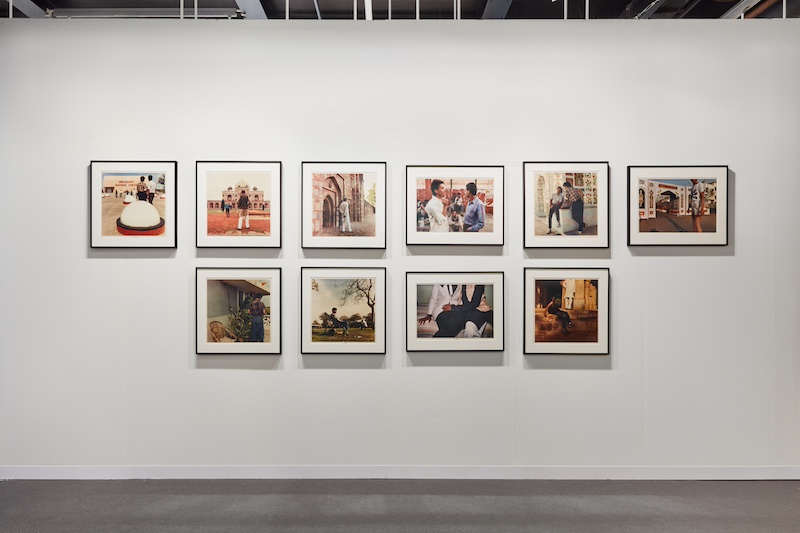
Art Basel is one of the most coveted art fairs, held annually across three iconic locations: Switzerland, Miami Beach, and Hong Kong. Marking its 20th-anniversary edition at Art Basel 2024, this fair summons galleries and artists to showcase their crème de la crème of their work, which ranges from paintings to digital work. This radical fair, featuring a rousing continuum of works by nascent artists alongside acclaimed maestros, was held in Basel, Switzerland, between June 13 to 16 2024. The Messe Basel contains within, conversations around; culture, identity and an allegorical sense of belonging that reverberates throughout the neighbourhood and beyond.
Also read: Pixel Prodigies: 5 South Asian Artists Re-Programming The Canvas With A.I.
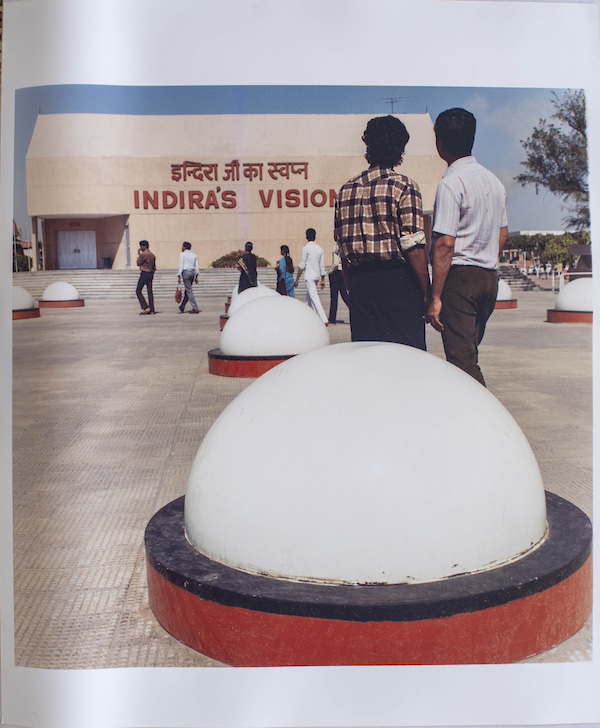
Painting A Picture Of The Artist
Natively belonging to the narrow gullies of New Delhi in the 50s, Sunil’s early years were spent frolicking in Delhi, before soaring to Montreal as a teenager where he tasted his first flavour of freedom. Coming from a milieu of domineering cultural practices that rendered sub-cultures invisible and kept discussions about gender identity and politics hush-hush, the vibrant street demonstrations in Montreal flashed a revolutionary nouveau picture. And so, it began, a burgeoning need to capture the overlying marches of worker’s rights and gay rights demonstrators, before following a photography course in New York. There, he adeptly began documenting the candid yet radical reactions to the gay liberation movement, which paved a straight odyssey to embark on his escapade of ‘coming out’.
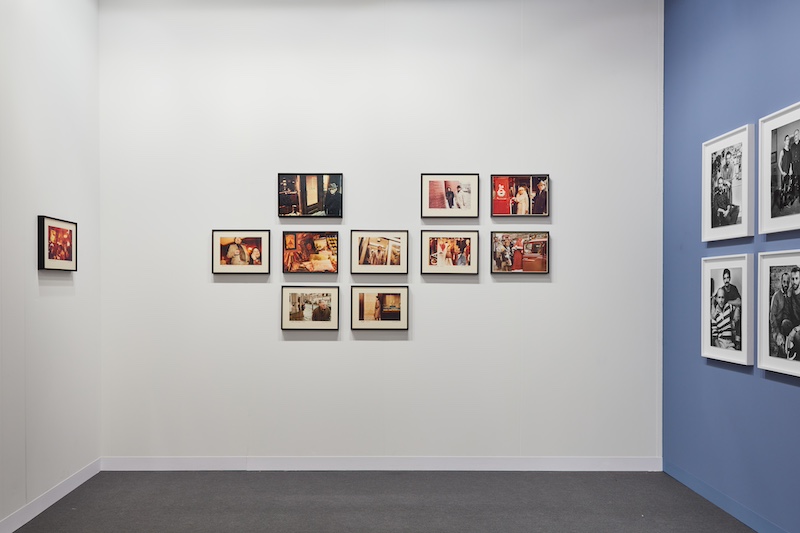
Gupta’s ‘London 1982,’ at Art Basel 2024 captures the modernizing London of the 80s. _Image Credits – Studio Shapiro)
Consequently, another photography course led him to London, which propelled the underpinning of seminal works such as ‘London 1982’ and ‘Lovers: Ten Years On,’ devising two pieces of the present puzzle ‘Now You See Me’. The artist’s diasporic journey from India to London neatly packs cosmopolitan views on colour, race, and his queer identity, with his camera, serving as a guide through the London streets, capturing its English essence. As a student at the Royal College of Arts, London, Gupta’s fervent persuasion of a sense of belonging in England’s post-colonial landscape spurred the onset of capturing London’s uncanny, modernizing terrain. Peeking through the lens of a coloured migrant and traversing through the posh English society, Gupta photographed the series ‘London 1982,’ mapping the daily encounters with the modernist metropolis.
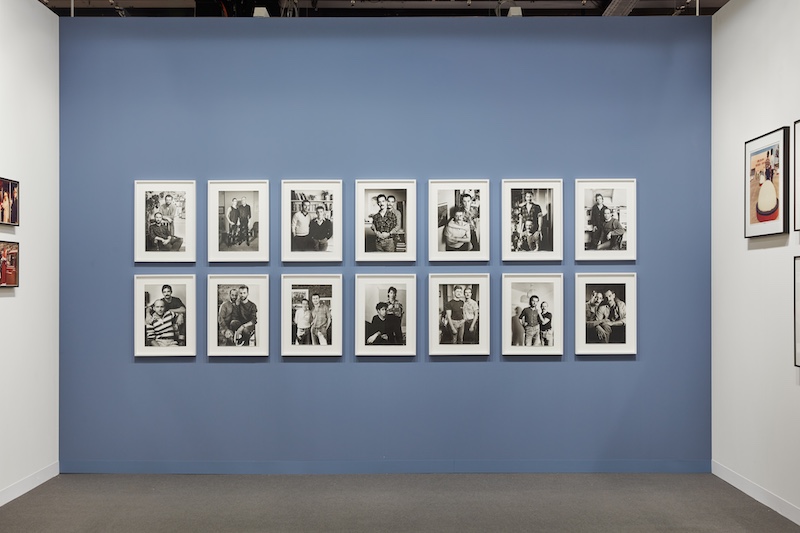
While Gupta acquainted himself with London’s cultural topography and engaged with the plodding visibility of the queer community, a personal occurrence impelled him to produce the next segment in the exhibit. Mourning the loss of a decade-long relationship, Gupta sought to discover the sneaky link between a happy, enduring and long-lasting relationship. As the artist and his camera set out on yet another mission, the HIV epidemic spread its dark talons over London, rendering the queer community perceptibly vulnerable. However, at this time Gupta’s lens met a medley of queer couples to underscore love, acclimatisation and commitment, subtly moving beyond the politically motivated, sexualized narrative. These dialogues bred a series of couple portraits called ‘Lovers: Ten Years On’ becoming a testament to the purest form of love.
Also read: Shezad Dawood & Priya Ahluwalia’s Eloquent Artistic Collaboration Wins Hearts At Brussels
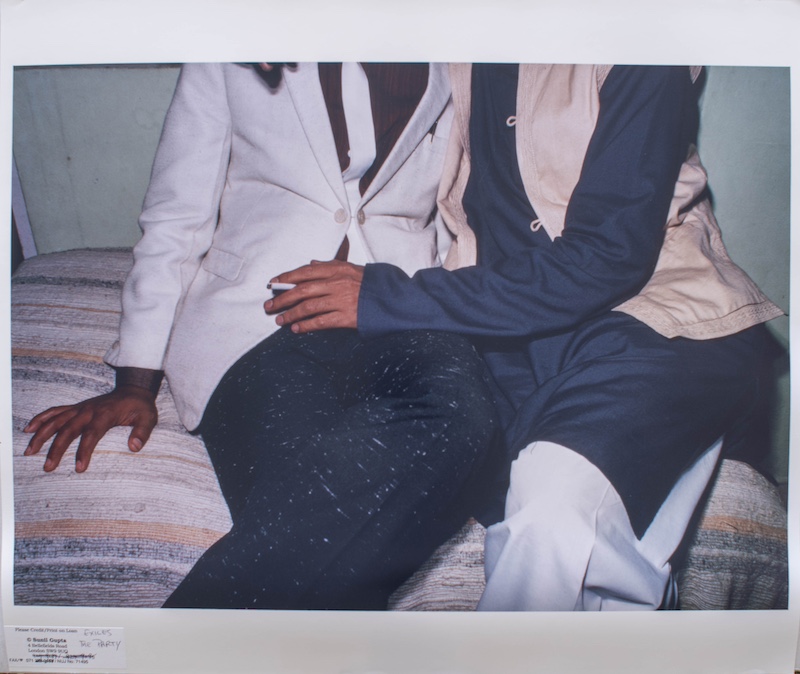
Homecoming Of The Exiles
Gupta’s works, patching gender identity and iconography with art history, steered him back to his hometown in Delhi, India, where little had changed since he last left. Section 377 loomed over individuals who deviated from the conformist approach, particularly within the queer community. Gupta’s lens focused on this relegated community and the conspicuous absence of candid gay culture on the Indian streets. With a significant, cultural gap between India and its Western counterparts, Gupta sought parallels between the intertwined fates of two countries- England and India, where the latter still grapples in the aftermath of colonization.
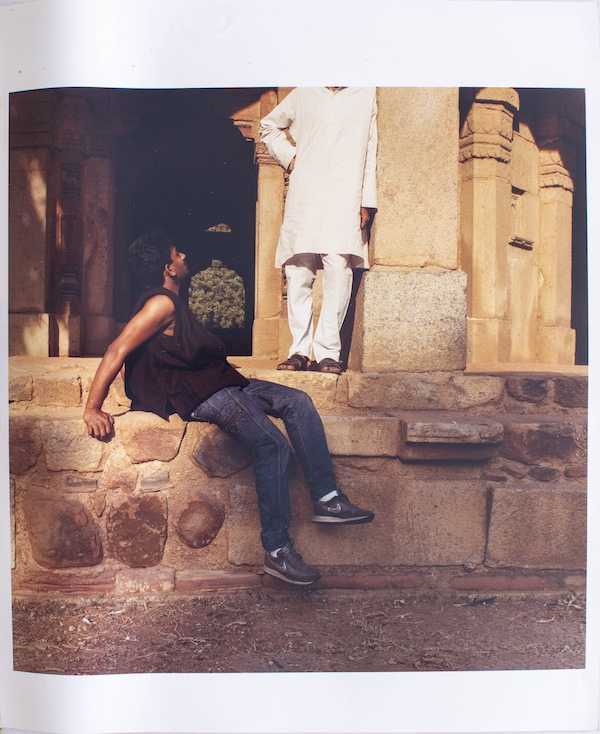
Against this stern cultural backdrop, Sunil Gupta shot his powerful series ‘Exiles’ featuring cropped imagery of gay men. This series made waves at the Art Basel 2024, capturing the covert rendezvous against eminent Indian tourist spots. Through ‘Exiles’, Gupta insinuates the existence of the queer community in India and their ongoing struggles for acceptance. The portraits demonstrated individualism, foregrounding an ostracised community, compelled to maintain a socially acceptable facade.
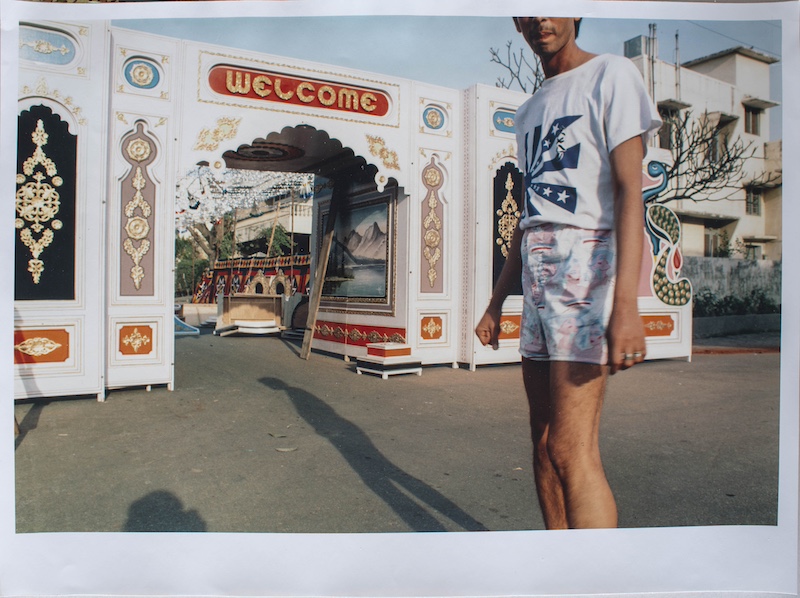
With an illustrious yet rebellious career of more than four decades, Sunil Gupta’s work unwaveringly centres on the recurring theme of queer identity. However, through his frames, Gupta subtly touches and delves into related themes of belonging—whether cultural, ethnic, or political. His body of work embodies a discourse and demonstration around identity politics and terminologies that inspired him to pick up a camera all those years ago.

